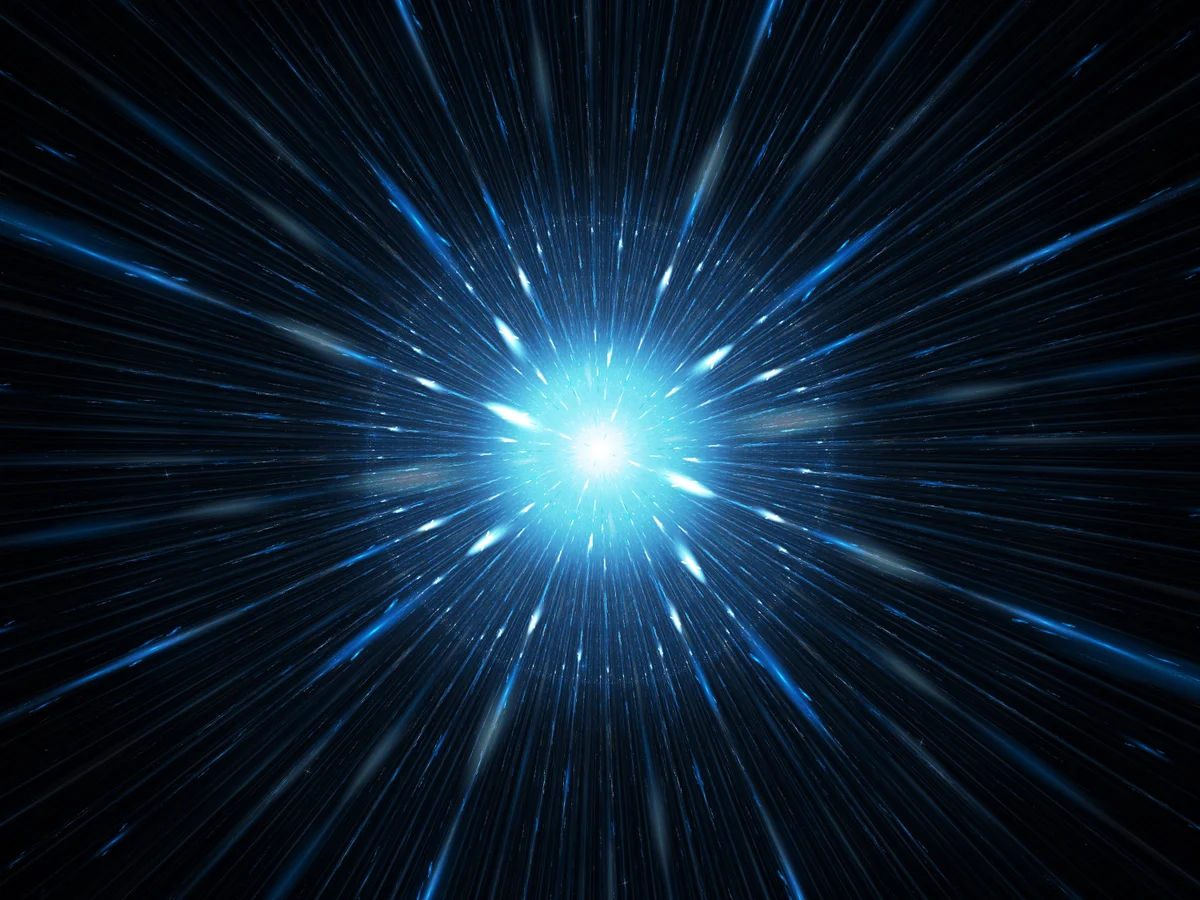Copyright Scientific American

You might think astronomers have seen it all, but the universe still throws us occasional new mysteries to keep us on our toes. On July 2, 2025, observers around the world were alerted to a new gamma-ray burst (GRB), GRB 250702B, detected by NASA’s Fermi Gamma-Ray Space Telescope. GRBs are extremely energetic explosions that rank among the most powerful astrophysical events in the universe, so luminous they can be seen from billions of light-years away. They’re most commonly caused by either a merging pair of neutron stars or a very massive star ending its life in a supernova called a collapsar; in both of these “classical” cases, the resulting stellar cataclysm can spit out a giant, tightly focused jet of radiation and particles. When one of these jets is pointed directly at our solar system, we see it as a GRB. They aren’t that unusual to spot—the universe is so big and GRBs are so bright that astronomers see one or two a day on average. Even so, we soon realized something very unusual was happening with GRB 250702B. In the roughly half century of GRB studies, no one has ever seen one of these epic events last more than a few hours at most. Yet almost a full day elapsed before GRB 250702B faded away. On supporting science journalism If you're enjoying this article, consider supporting our award-winning journalism by subscribing. By purchasing a subscription you are helping to ensure the future of impactful stories about the discoveries and ideas shaping our world today. “The most surprising thing about this event is the duration of the emission. If it came from a GRB, it’s the longest one ever detected,” explains Adelle Goodwin, an astronomer at Curtin University in Australia, who is leading follow-up radio observations with the Very Large Array in New Mexico. Another oddity was that this GRB seemed to repeat, with astronomers seeing what appeared to be three distinct pulses across its nearly day-long duration; repetition would be strange because GRBs are normally so catastrophic that they effectively destroy their astrophysical sources, preventing any recurrence. Confronted with an enigma, scientists around the world scrambled to point every telescope they could at GRB 250702B to gather more clues. Astronomers are not ones to shy away from a challenge, but GRB 250702B has provided us with several. First, its on-sky location fell within the star-and-dust-packed galactic plane of the Milky Way, making its true cosmic origins unclear; odds were that it occurred in some distant part of the universe, with its source obscured by dust, but in principle, whatever created the burst could have been inside our galaxy. Luckily, the James Webb Space Telescope was designed to peer through all that dust, allowing a team of researchers to reveal the truth in a recent preprint. GRB 250702B’s still-mysterious origins trace back to a galaxy more than five billion light-years away from us. What’s more, the galaxy itself is unusual: it’s extremely large and dusty compared to most other galaxies and in fact is the biggest and brightest GRB-hosting galaxy anyone has ever seen. Astronomers can’t yet say with certainty, but an unusual GRB coming from an unusual galaxy might be a clue in itself on what actually caused the explosion. Of course, this is the real question behind GRB 250702B: What caused it? Theorists presently offer two main possibilities. This very odd GRB could have arisen from a particularly unusual collapse of a massive star that launched an abnormally energetic jet, or instead it could have come from a tidal disruption event (TDE) in which a white dwarf star was ripped apart and devoured by an intermediate-mass black hole weighing on the order of 100,000 solar masses. “The duration of GRB emission cannot be explained by classical collapsar scenarios, which means more exotic scenarios need to be invoked,” Goodwin explains. I recently attended this year’s meeting of the American Astronomical Society’s High-Energy Astrophysics Division (HEAD), presenting some of my own research on TDEs; suffice to say that speculation on GRB 250702B’s origin dominated much of the informal sessions. “It’s too long to be a GRB but not luminous enough to be a TDE at that distance,” one of my colleagues confidently argued. Others were more cautious, pointing out that extraordinary claims require extraordinary evidence, and said they felt that threshold was not yet met for GRB 250702B. One thing is for sure: nothing quite drives excitement in a crowd of astronomers like an unusual signal none of us has seen before. (Despite all that excitement, many astronomers unfortunately declined to comment on the record for this story, citing a forthcoming NASA press release on GRB 250702B that is stuck in limbo because of the ongoing U.S. federal government shutdown.) There are, of course, even wilder possibilities—it may be that this event represents some fantastic and heretofore entirely unwitnessed phenomenon. For example, a recent preprint argued that GRB 250702B actually arose from a black hole that merged with a star. This event would be exceedingly rare but should happen on some occasions, such as if two stars are orbiting in a pair and a larger one explodes, leaving behind a black hole. Over time, the gravitational interactions would cause the remaining star and its black hole companion to spiral together, culminating with a spectacular merger that would unleash unprecedented astrophysical fireworks. Whatever its origin, GRB 250702B is exceptional, and it could be the first direct evidence of an entirely new kind of gigantic space explosion. Astronomers are still busy unraveling the full picture of where this space oddity fits in our strange and exciting universe.



